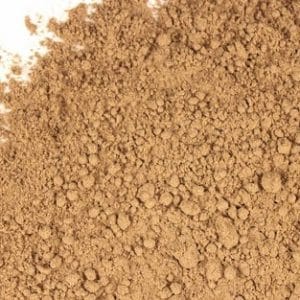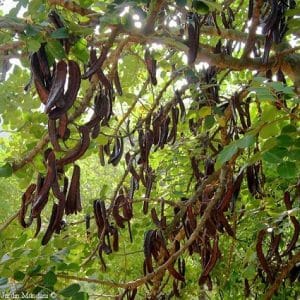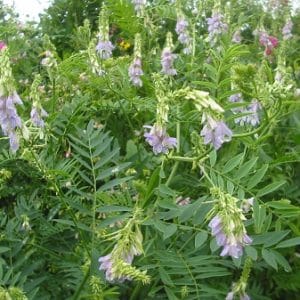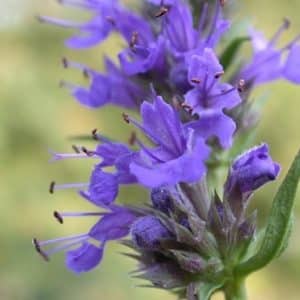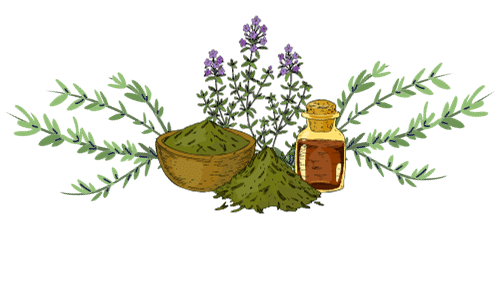Native to central and southern Europe and western Asia, mullein can now be found in many temperate zones. It grows in open, uncultivated land and along roadsides. Mullein is a hardy biennial that can grow to six feet in height, but is usually only a foot or so, producing oval to lance-shaped, hairy, grayish-green leaves and spikes of bright yellow flowers. Both the leaves and flower stems can be picked during the summer. The plant is so well constructed that the soft hairs on the leaves and stems protect it from insects and grazing animals. It also allows drops of rain to spill from its small leaves down to the larger ones and on into the root system, thus protecting the entire plant from moisture loss. Mullein is from the same family as the Foxglove, a noted source for the heart stimulant, digoxin.
The Latin name is thought to be a corruption of barbascum from barba, meaning beard, likely referring to the plant s furry leaves.
The tall stems of the herb were once burned as tapers in funeral processions. The soft, fine hairs on the leaves make superb tinder.
Dioscoides used the herb for scorpion stings, eye complaints, toothaches, tonsillitis, and coughs. It was also used as a tonic for such wasting diseases as tuberculosis.
The infused oil made from the flowers was a standby in many parts of Europe for such diverse ailments as hemorrhoids and ear infections.
Like many other herbs, mullein was considered to have mystical, as well as medicinal, values; and even Gerard, the 16th century herbalist, expressed both.
This unassuming plant has attracted over thirty common names.
The Catawaba, Delaware, and Cherokee made a syrup from the leaves to soothe and relieve coughs. Mullein tea was also used to relieve pain, especially that of arthritis, as well as other painful conditions. The Delaware heated the leaves and applied them as a poultice to treat the pain of rheumatism, while the Cherokee treated swollen glands by applying the scalded leaves.
Key Actions
Key Components
